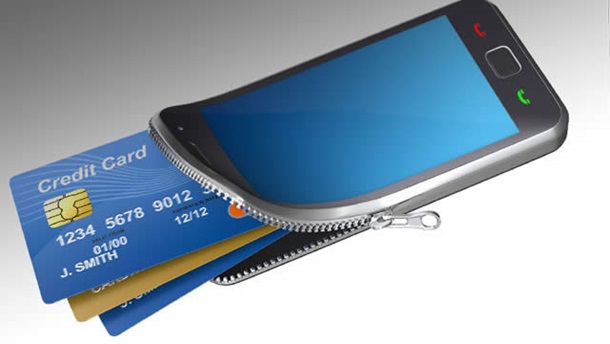Australia’s consumer technology landscape features a curious anomaly: the weakness of mobile payments.
If the consumer technology landscape were a physical topology, Australian smartphone ownership would be an internationally significant mountain.
Contactless payments would be another towering summit.
But where the local geology would suggest another peak for mobile payments, we instead find a shallow valley, full of stagnant water.
Australians love smartphones. Penetration is the world’s second highest behind only South Korea, according to Pew Research.
And contactless payments have skyrocketed to over 60% of all card payments. The opportunity for mobile payments is very much there: 86% of payments are still made in person.
Yet mobile payments – technology like Apple Pay and Google Wallet, where consumers need not touch anything but their phone to make a payment – remain rather sluggish.
This is a surprise for Australia, which has been a perennial innovator in the payment landscape – moving to EFTPOS and plastic banknotes in the 1980s, and which is now abandoning cash rapidly.
Just two per cent of transactions made in person with a card (roughly 1% of all transactions) are mobile payments, according to recent research from the Reserve Bank of Australia.
The demographics of mobile payments include a peculiar feature.
Mobile payments are most popular among the richest quartile of society.
Top income households are around five times more likely to have used the technology than bottom income earners. That statistic is probably to be expected.
What is curious is that mobile payments do not have a clear edge among the young. Youth adoption is a classic path to acceptance for new tech – think Facebook.
But the number one demographic for mobile payments, according to the RBA, is those aged 50 to 64. They are twice as likely to have used mobile payments than those aged 18 to 29. Does that portend ill for the future of mobile payments?

Want to pay with your phone? You'll need stop messaging for a few seconds. Source: ACMA
The stats match up with a Mastercard report on mobile payments, which found Australia lags the US, UK, Canada, Japan and South Korea on a Mobile Payments Readiness Index.
Mastercard’s Head of Market Development and Payment Innovation for Australia and New Zealand, Gary Duursma, says Aussies have “embraced” contactless payments.
But Mastercard research shows that only one in four Australians is aware they have contactless payment options available on their phone.
“There are a wealth of innovative payment technologies available to consumers today,” says Duursma. “Given the positive uptake in Australia, we expect to see more developments in this area, as people continually look for convenience.”
Several explanations cast light on Australia’s relatively slow shift to mobile payments. .
One is that they are still not universally available, partly due to a legal wrangle over Apple Pay.
Several of Australia’s big banks joined forces to take the fight to Apple. They want the right to collectively bargain with Apple over access to the iPhone’s near-field communications chip arguing that otherwise, Apple will have market power.
In what chairman Rod Sims called a “finely balanced” draft determination, the competition watchdog has so far rejected their right to bargain with Apple collectively. A final decision is expected later this month.
Despite that hold up, mobile payments are widely available via ANZ, American Express, and other non-Apple phones. But not enough people are using them.
It raises the question of whether consumers’ search for convenience will necessarily lead to them to mobile payments. Contactless card payments now account for more than 60% of all card payments, according to data published by the RBA, and are extremely simple to use.
Could it be that mobile payments do not yet offer a great solution? Until the consumer is able to give up on their purse altogether, carrying a credit card is not a great burden.
Not to mention that you can pay with a credit card without having to stop talking on the phone or scrolling through Instagram...










